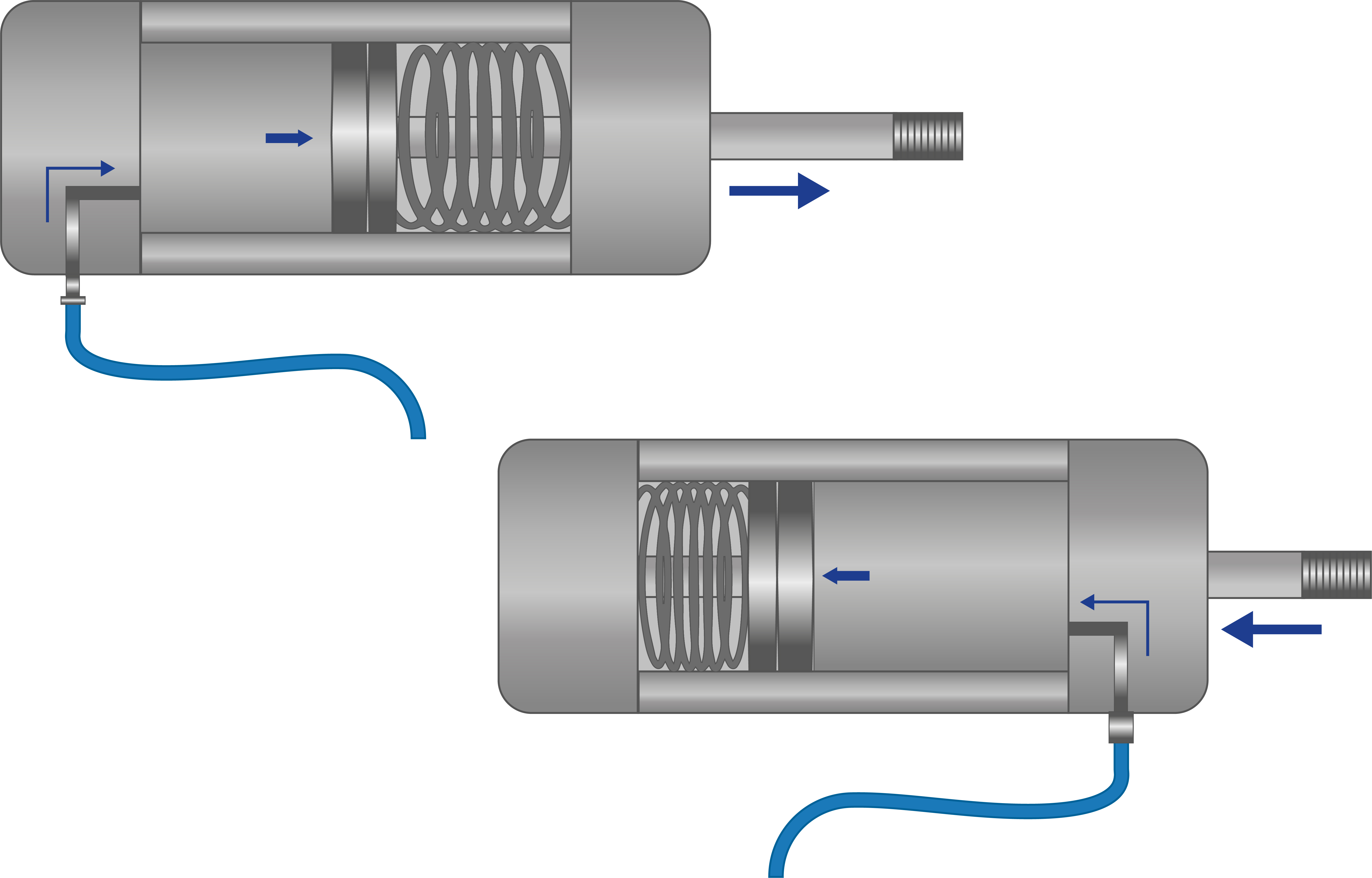 | Push-in fittings and connectors 3984 articles |
 | Pneumatic valves 1552 articles |
 | Pneumatic cylinders and drives 4386 articles |
 | Air Compressors, dryers, vessels and parts 670 articles |
 | Control - Measure - Filter 5300 articles |
 | Threaded fittings and distributors 3605 articles |
 | Hose and tube connectors 6718 articles |
 | Air hoses and accessories 2027 articles |
 | Quick release couplings 2126 articles |
 | Ball valves and valve technology 1763 articles |
 | Air pipe systems hose reels 2340 articles |
 | Vacuum technology 725 articles |
 | Pneumatic tools 460 articles |
 | Festo pneumatics 2963 articles |
 | Original products 37 articles |
 | Knowledge base 9 articles |













